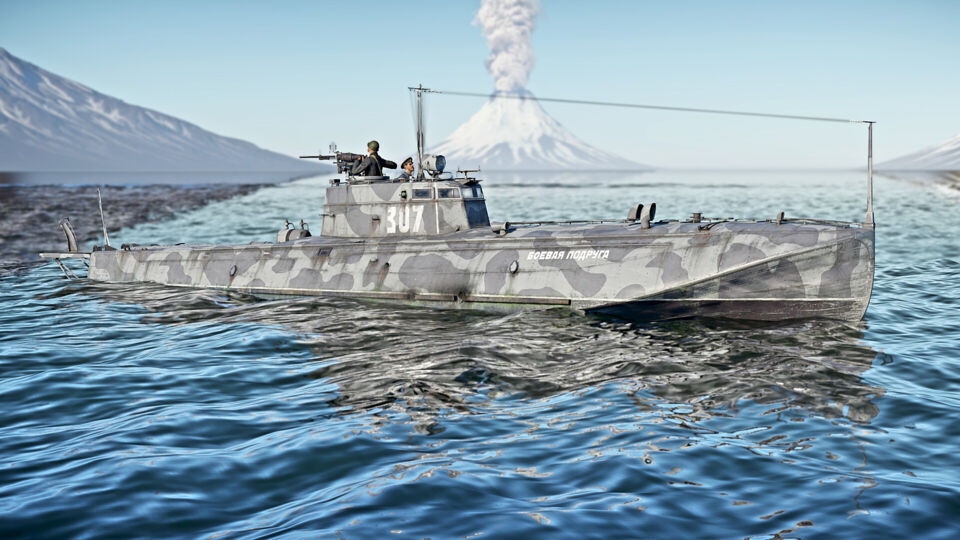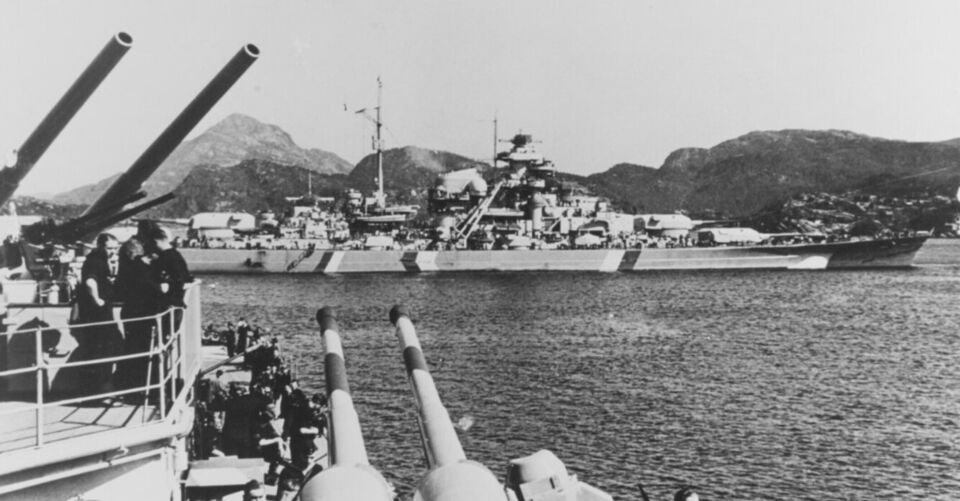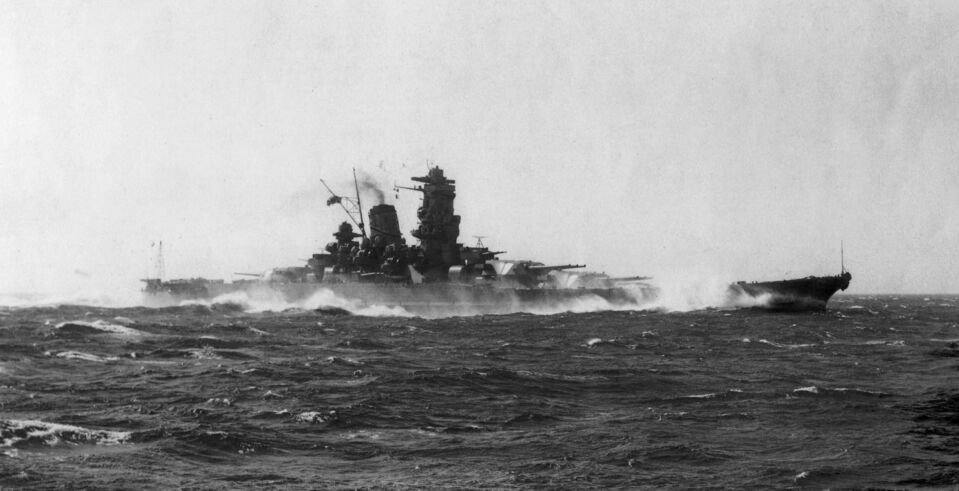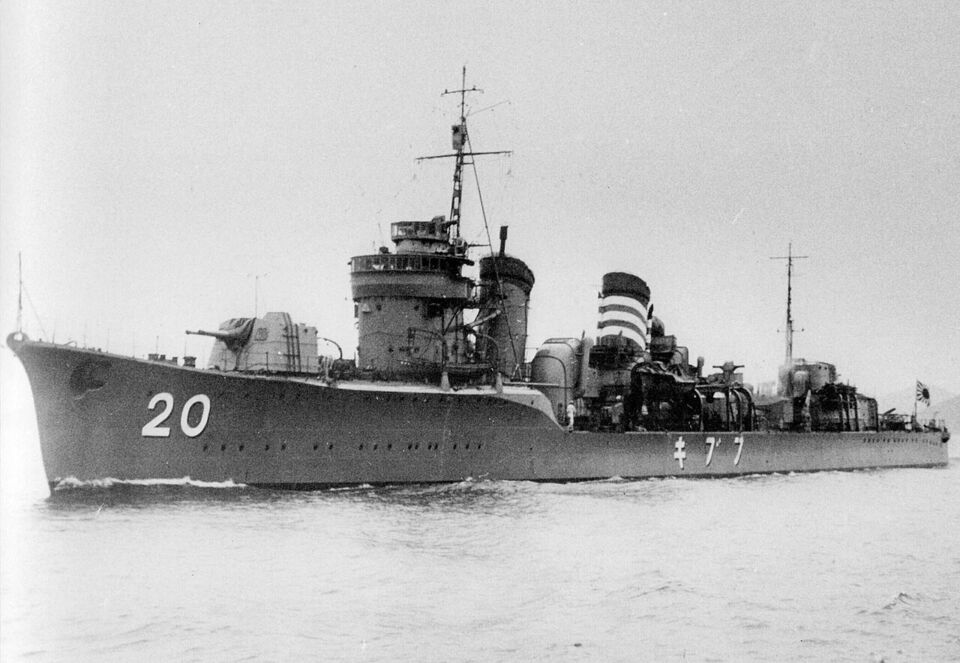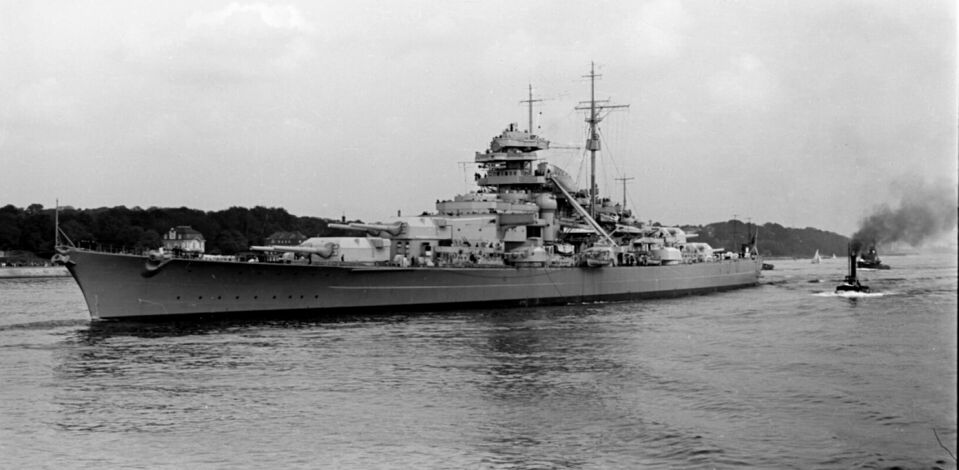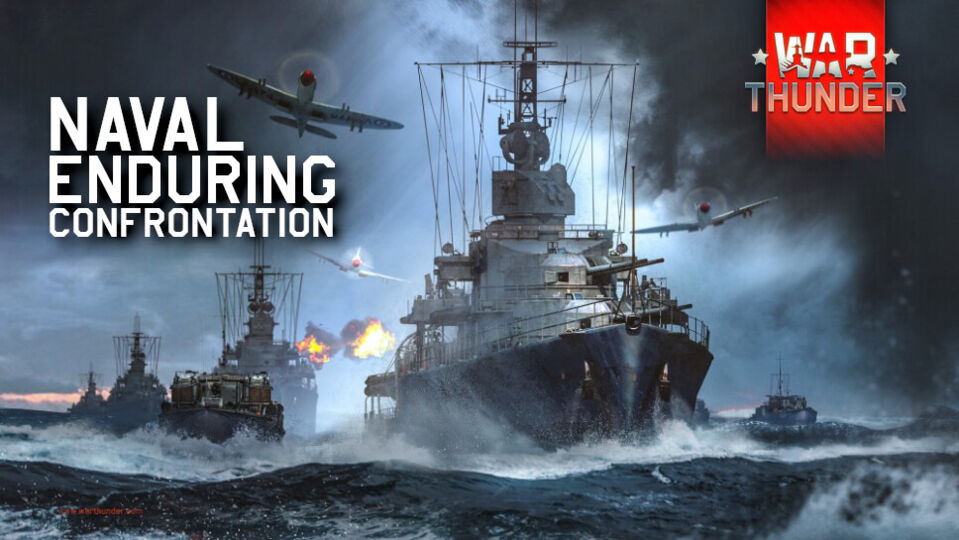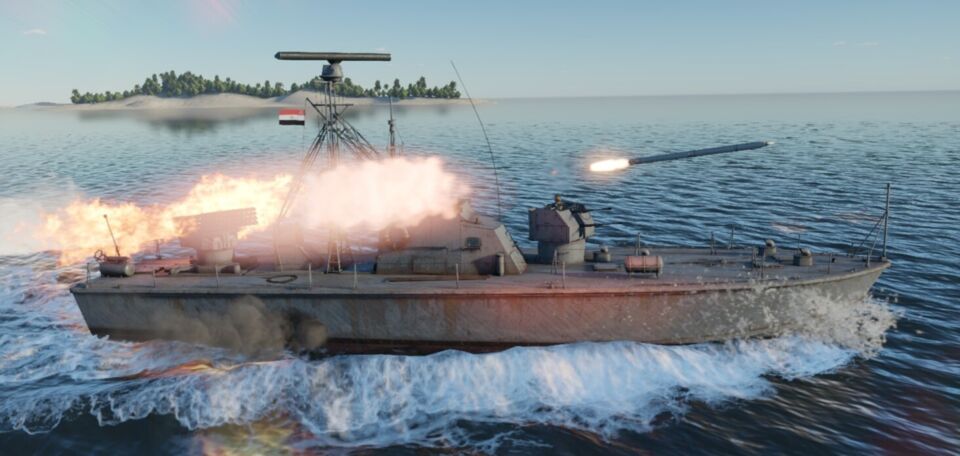Fleet
The G-5 class boats were the product of Soviet active coastal defense doctrine. To accomplish their mission, Soviet designers built the fastest torpedo boat of its time to attack large ships. However, this came at the expense of range and seaworthiness, negatively affecting the combat effectiveness of these vessels. In War Thunder, however, these two factors do not affect the G-5, which is a fast and maneuverable torpedo boat albeit with weak armament and low survivability.
833 days, that was the lifespan of the Bismarck, from her launch to her scuttling on May 27, 1941. She was one of the largest and most famous battleships in the world like the Japanese Yamato and the American Missouri. The Bismarck belonged to the Bismarck class, which also included her sister ship, the Tirpitz. The Bismarck rose to fame by sinking HMS Hood on May 24, 1941, earning a worldwide reputation as one of the deadliest battleships ever built. In just five minutes, the HMS Hood was destroyed. Afterwards, the British Royal Navy hunted the Bismarck across the North Atlantic. Following a torpedo attack by a squadron of Swordfish torpedo bombers, she lost her rudder and became unable to maneuver. On May 27, 1941, her crew finally scuttled the Bismarck in the Atlantic Ocean, while the ship continued to engage numerous British battleships, cruisers, and destroyers.
The Yamato-class battleships were two Japanese battleships, Yamato (大和) and Musashi (武蔵), constructed during World War II and operated by the Imperial Japanese Navy (IJN). They were armed with nine 46 cm naval guns and over 150 anti-aircraft guns, and had a displacement of more than 72,000 tons, making them the largest and most powerfully armed battleships in history. While the Yamato and Musashi had a truly stupendous level of firepower and armor, both ships met their fates at the hands of American carrier aircraft and never participated in the massive battleship-on-battleship engagements that they were designed for.
In 1928, a newly commissioned Japanese destroyer would change the way the Imperial Navy, and navies across the world viewed their destroyers. At 1,750 tons standard displacement, the IJN packed their new ship with six 5-inch guns in three waterproof mounts and three 24-inch triple-torpedo tube mounts with a reload for each tube for a grand total of eighteen torpedoes, a significant increase in armament compared to her contemporaries. The world had been introduced to IJN Fubuki, first of the so-called special-type destroyers.
The Köln (F220) and Lübeck (F224) were two of six ships of the “Köln-Klasse (F120)” that entered service in the 1960s. It was one of the first class of ships built for the Bundesmarine after World War II. In War Thunder, the Köln and Lübeck are part of the the German coastal fleet and share many similarities. The main difference can be seen in the torpedoes and in the premium status of the Lübeck. While the Köln can be unlocked with research points the Lübeck is only available through the marketplace or SL crates—usually during events in April. The two ships are particularly distinguished by their rocket launchers, which are among the best in the entire naval mode.
IJN Furutaka (古鷹, named after Mount Furutaka in Etajima, Hiroshima) was the first heavy cruiser built for the IJN, but at the time of commissioning, she was designated as a “first-class cruiser”, as the term “heavy cruiser” was defined later. Originally built as a “fast scout cruiser”, she combines very good mobility with excellent firepower brought by the modified Type 3 №2 main battery guns. This is further enhanced by her very powerful torpedo armament, but at the same time, she is an attractive target for enemy aircraft, as her anti-aircraft and secondary armament are among the worst found on cruisers.
The Battleship Bismarck is without a doubt the most iconic vessel ever built by the German Navy. Measuring an impressive 250.5 meters (822 feet) in length and 36 meters (118 feet) in width, with a maximum displacement of over 50,000 tons, it carried a crew of more than 2,000 sailors. Armed with eight 380 mm (15-inch) main guns and protected by heavy armor, the Bismarck was regarded as the most powerful battleship afloat at the time of its launch. She was also the lead ship of the Bismarck-class and, along with her sister ship Tirpitz, the largest German battleship ever.
Naval Enduring Confrontation (EC) in War Thunder is a strategic, objective-driven game mode available from Thursday to Monday in the “Events and Tournaments” section, switching between AB and RB every 24 hours. Matches can last up to three hours, focusing on capturing ports, defending/attacking convoys, and completing tasks to earn points, with unlimited respawns costing Silver Lions and, for higher BR ships, spawn points (SP).
The Pr.183 BM-21 is a rare Soviet-designed Egyptian modification that trades torpedoes for rocket artillery. Designed as a fast assault craft, this unique boat merges a WWII-era hull with Cold War firepower, offering devastating burst damage at the cost of poor survivability. She plays nothing like other ships in her tier—if you master the rockets, you’ll devastate enemies. But if you get spotted first, expect a quick trip back to the hangar.
